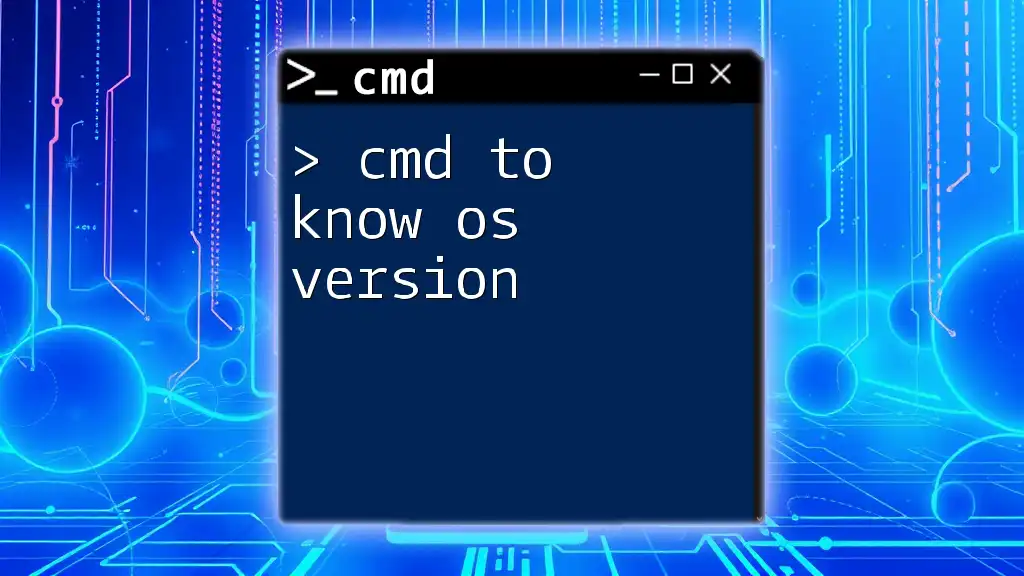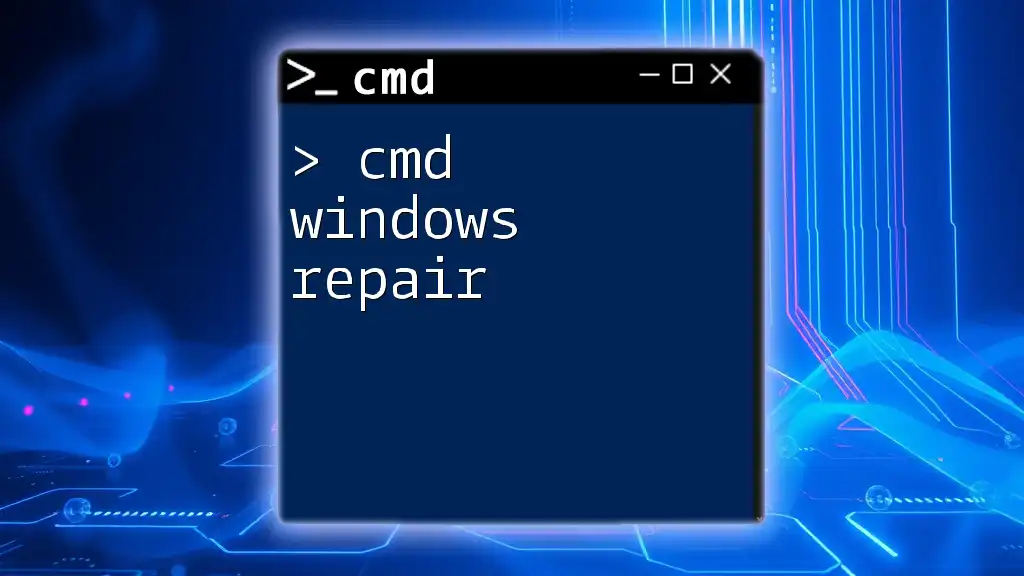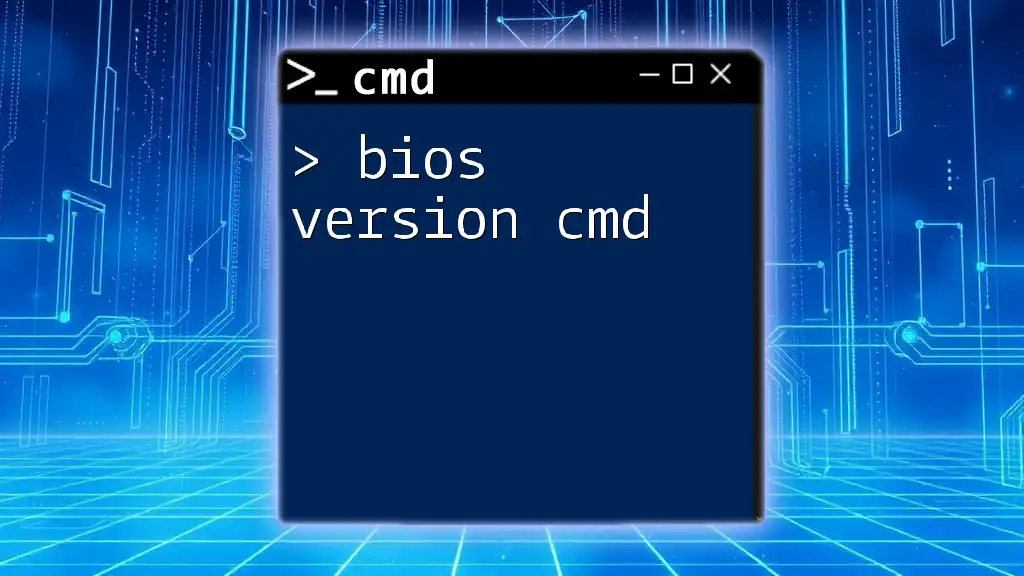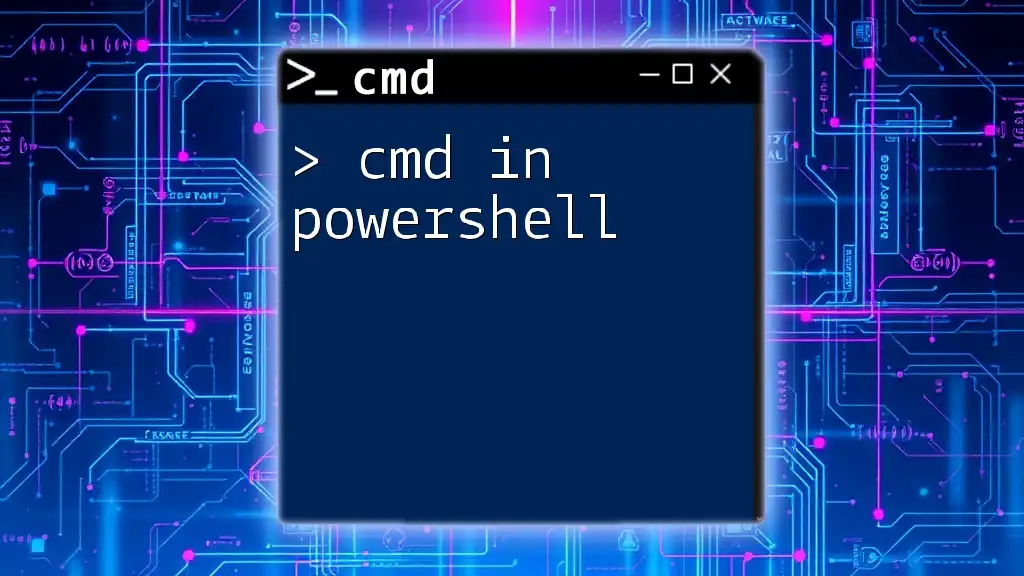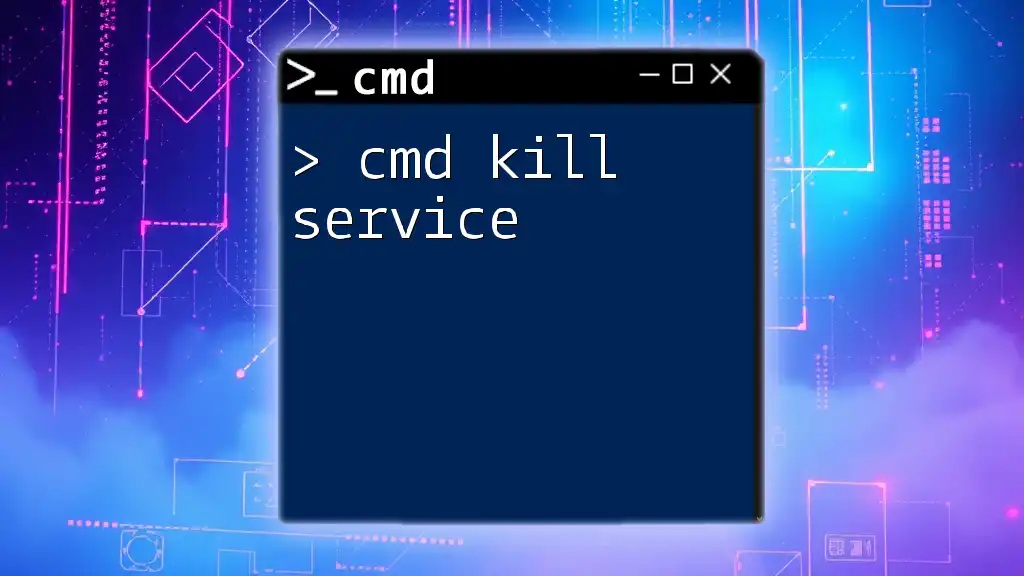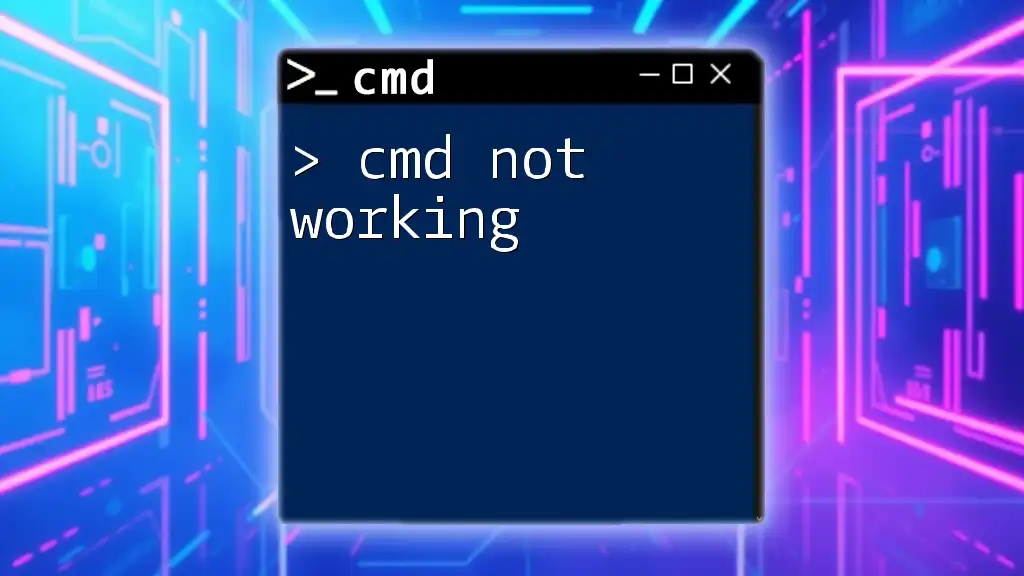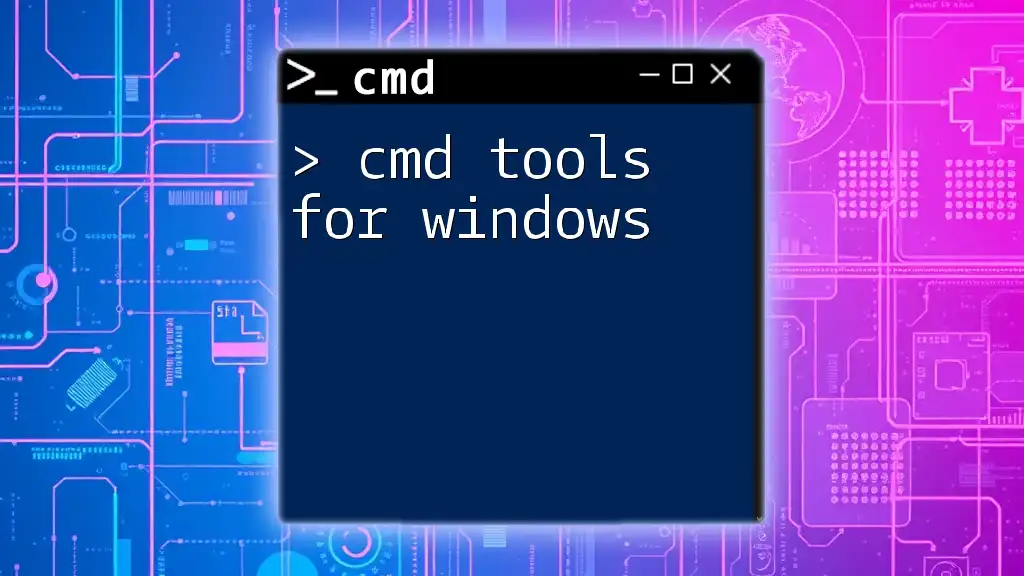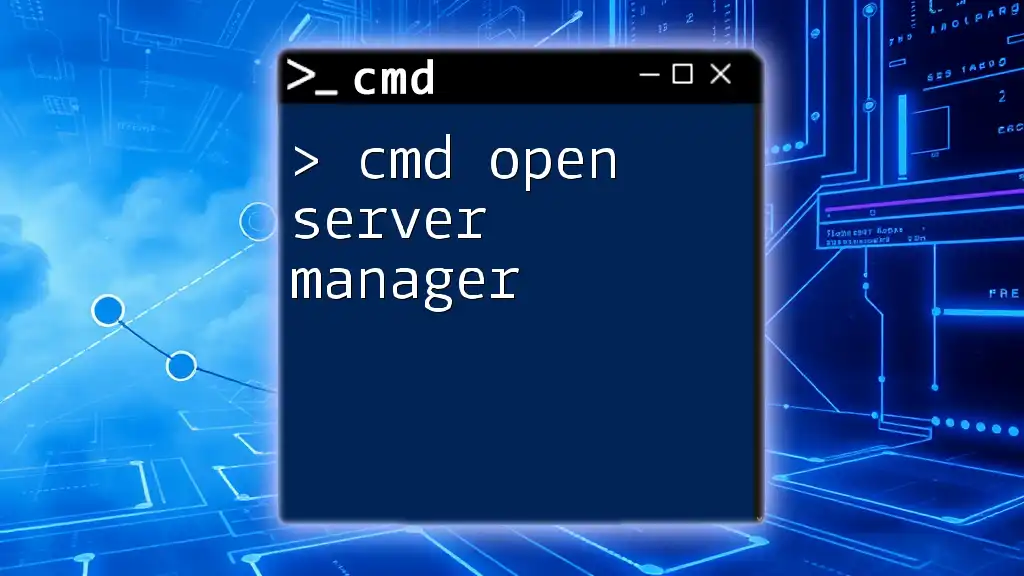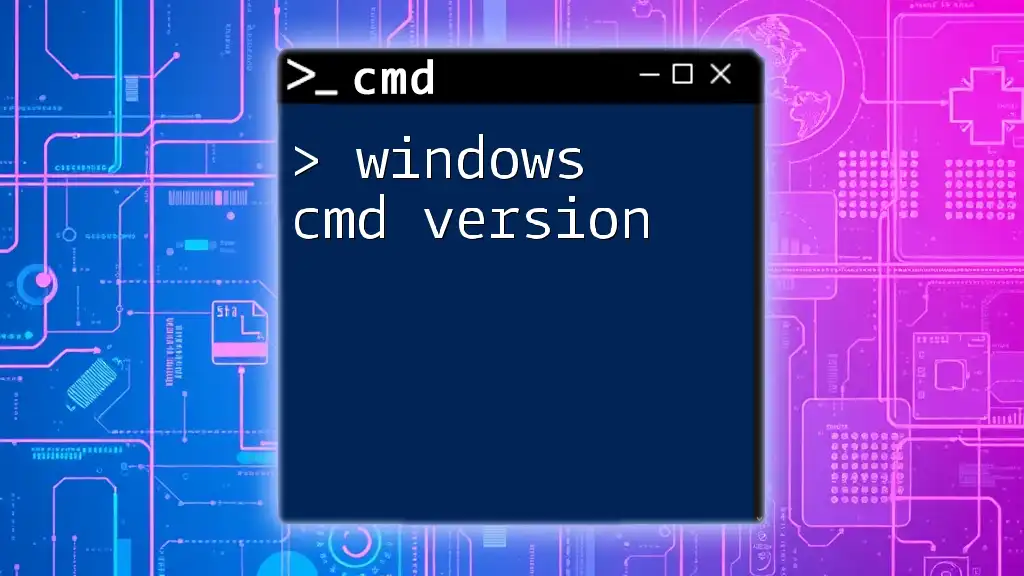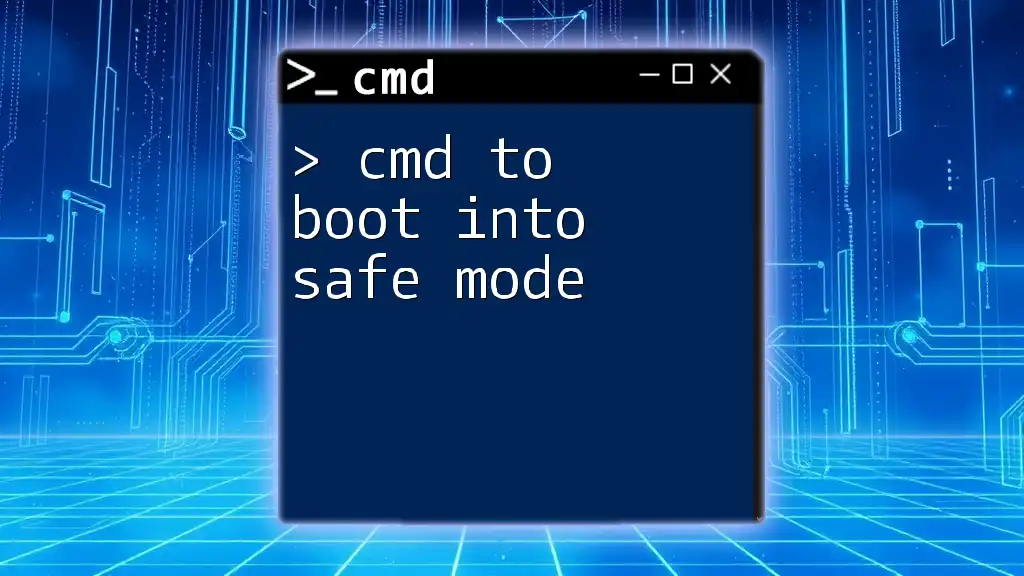To quickly find the operating system version using the Command Prompt, you can use the following command:
ver
Understanding the Importance of Knowing Your OS Version
Why Knowing Your OS Version Matters
Knowing your operating system (OS) version is crucial for several reasons:
-
Compatibility with Software: Different applications may require specific OS versions to function correctly. By knowing your OS version, you can ensure that the software you want to use runs smoothly.
-
Security Updates: Keeping track of your OS version helps you determine if you are receiving the necessary security updates. Each version may have unique patches that protect against vulnerabilities.
-
Technical Support: When seeking technical assistance, knowing your OS version can streamline the troubleshooting process. Support technicians often ask for this information to provide relevant help.
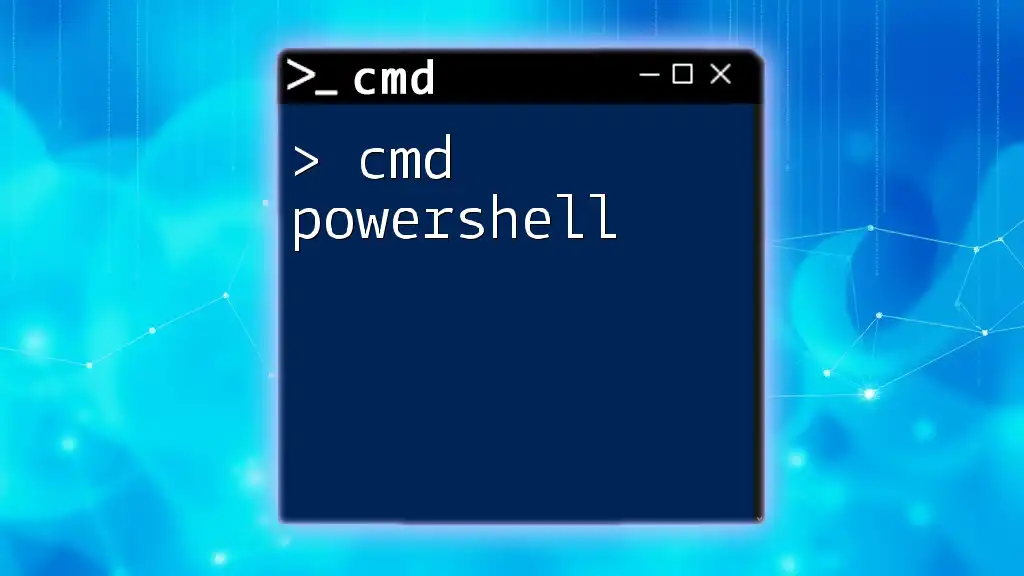
Introduction to Command Prompt (CMD)
What is Command Prompt?
Command Prompt, often referred to as CMD, is a command-line interpreter in Windows that allows users to execute commands to perform various tasks. It serves as a powerful tool for advanced users and system administrators, facilitating input of commands to interact directly with the OS.
Accessing Command Prompt
Opening Command Prompt is simple. Here’s how you can do it:
-
Using the Run Dialog: Press `Windows + R`, type `cmd`, and hit Enter.
-
Alternative Methods: Right-click the Start button and select Command Prompt from the menu. You can also search for it in the taskbar by typing "cmd."

Commands to Determine OS Version
Using the `ver` Command
The `ver` command is a straightforward way to check your current OS version.
ver
When you run this command, the output will show you the version number of your operating system. This number enables you to understand what version of Windows you are using and ensure compatibility with various software tools.
Using the `systeminfo` Command
For a more detailed view, the `systeminfo` command provides comprehensive system information, including your OS version.
systeminfo | findstr /B /C:"OS Name" /C:"OS Version"
This command filters the output to display only the OS Name and OS Version. The `systeminfo` command provides a plethora of details about your machine, but the filtering ensures you quickly get the information you need without extraneous data. The OS Name tells you the formal title of the system (like Windows 10 Pro), while the OS Version provides the specific version number.
Using the `wmic os` Command
The Windows Management Instrumentation Command-line (WMIC) is another tool for checking your OS version. The following command extracts detailed OS characteristics:
wmic os get Caption, Version, BuildNumber
The output will present three distinct pieces of information:
- Caption: The name of the operating system.
- Version: The specific version number.
- Build Number: A unique identifier for the specific build of your OS.
This command gives a clearer view of the OS specifics, making it easier to communicate the necessary details if you need to consult support resources.
Using the `reg query` Command
Using the Windows Registry can be another effective method to determine your OS version.
reg query "HKEY_LOCAL_MACHINE\SOFTWARE\Microsoft\Windows NT\CurrentVersion" /v ProductName
This command queries the Windows Registry to find the OS ProductName, which indicates the Windows version installed on your system. This method can be particularly useful when automated scripts or programmatic access is required to gather the version information.
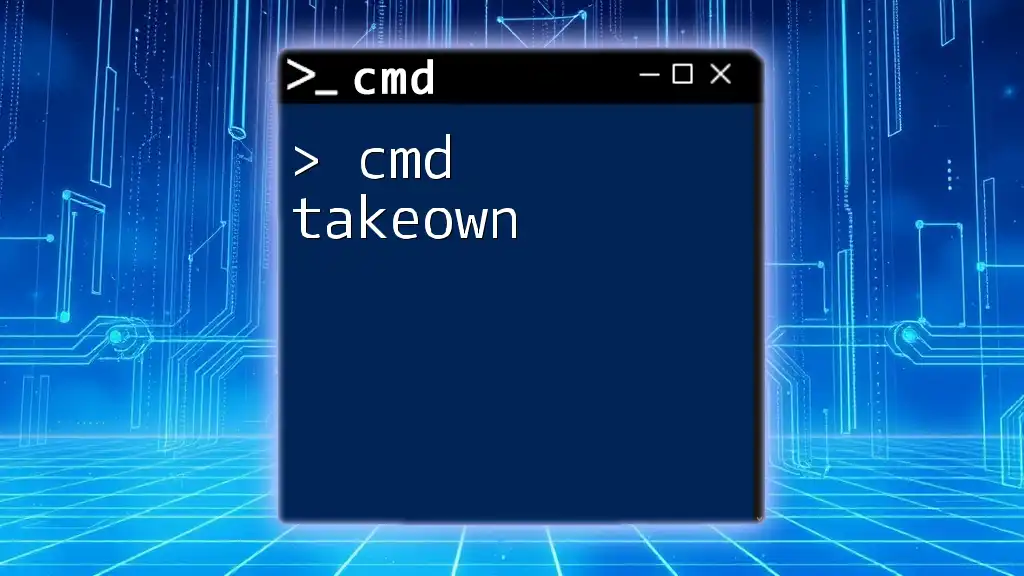
Interpreting the Results
Understanding the Output
When reviewing the results from these commands, it’s essential to understand how Windows identifies its versions. Windows employs a structured versioning system, typically consisting of a major version, minor version, and build number. This structure could look something like 10.0.19041, where "10" represents the major version, "0" indicates the minor version, and "19041" is the build number.
Troubleshooting Common Issues
Differences in Versions: One of the challenges users face is the differences among various OS versions. These can impact software compatibility, so it’s crucial to know if the applications you intend to use are supported on your OS.
Errors in Execution: If any of the commands return errors, check the syntax carefully. Even a minor typographical error can prevent CMD from executing the command correctly. If errors persist, ensure you are running Command Prompt with administrative privileges, as some commands require elevated access.

Conclusion
Recap of Key Points
To wrap up, knowing how to use CMD to know your OS version includes several straightforward commands: `ver`, `systeminfo`, `wmic`, and `reg query`. Each method provides unique insights into your system that can help maintain performance and security.
Further Learning Resources
If you're interested in delving deeper into Command Prompt and enhancing your computer skills, consider exploring additional tutorials or guides about specific CMD commands. Join our community, and stay updated for more valuable tips and tricks.

Call to Action
We would love to hear from you! Share your experiences with using CMD commands in the comments below. Don’t forget to subscribe to our blog for updates and further insights on mastering the Command Prompt and improving your computer knowledge.

